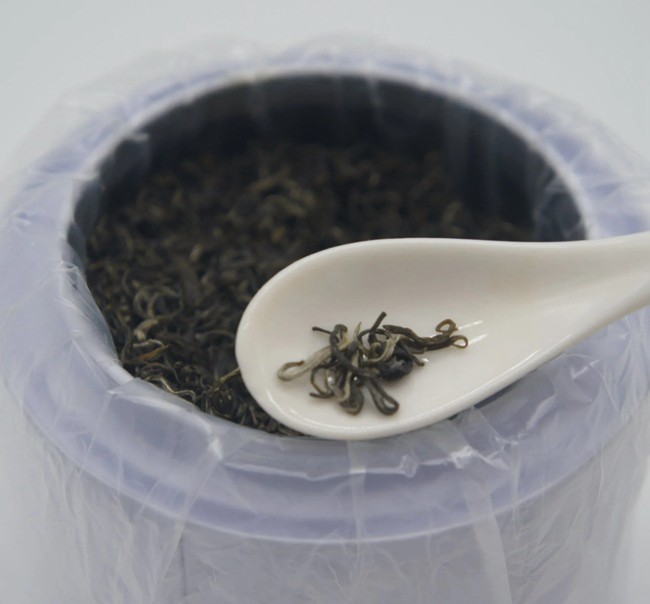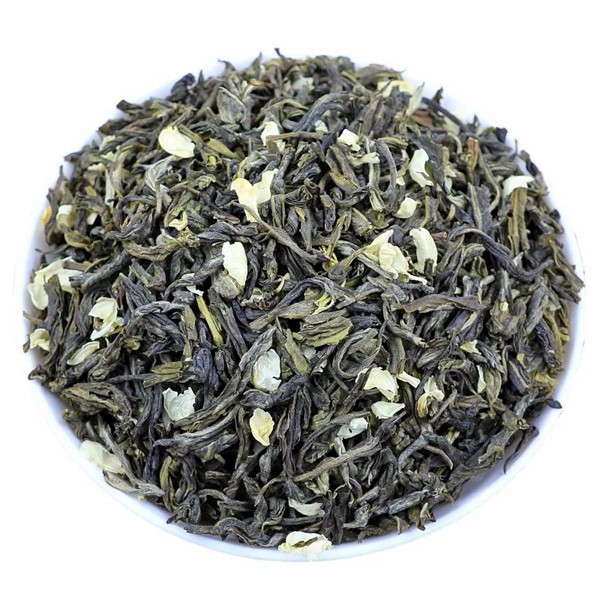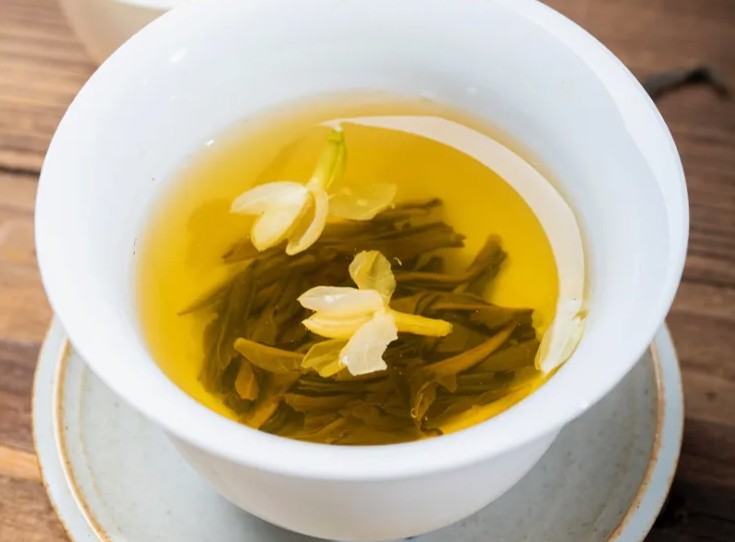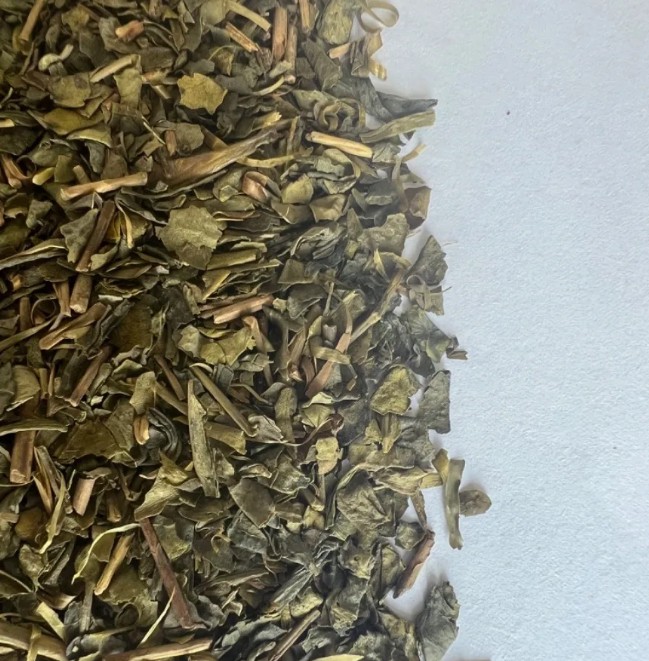Chinese Green Tea No PollutionOrganicGreen Tea Leaves Loose Tea
Product description
Beyond the ubiquitous tea bag lies a universe of nuance: China, the birthplace of tea, crafts green teas of astonishing diversity. While often overshadowed by Japan's matcha or India's bold blacks, Chinese green teas offer unparalleled range—from ethereal spring buds to robust roasted treasures, each whispering tales of terroir, tradition, and meticulous artistry.
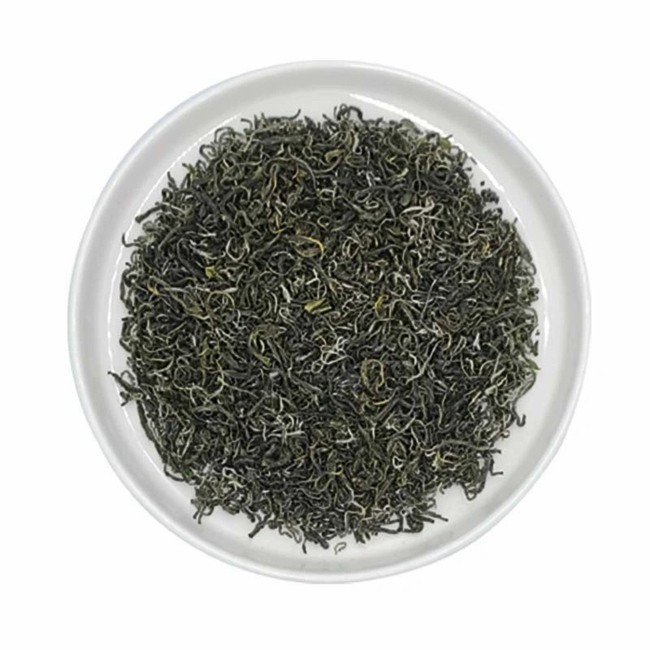
Beyond Monotony: A Spectrum of Styles
Chinese green tea defies singular definition. Its magic lies in regionality and technique:
Pan-Fired Elegance (e.g., Longjing, Biluochun): Woks impart toasty notes. Longjing (Dragon Well) from Hangzhou, with flat, jade leaves, offers chestnut sweetness. Biluochun (Green Snail Spring) from Jiangsu, coiled like snails, bursts with floral intensity.
Baked Nuances (e.g., Huangshan Maofeng): Gentle oven drying preserves downy buds ("maofeng" = furry peak), yielding a smooth, orchid-like delicacy from Anhui's misty peaks.
Sun-Dried Simplicity (e.g., Yunnan "Ye Sheng"): In Yunnan, ancient tea trees yield wild leaves sun-dried for a bold, earthy character—a bridge to pu-erh’s origins.
Unique Innovations: "Choumei" combines green tea with dried fruits; smoked teas like "Lapsang" (though often black) have green variants.
Terroir: Where Earth Shapes the Cup
Microclimates sculpt flavor:
Zhejiang Coast: Ocean mist softens Longjing’s profile.
Sichuan Highlands: Cloud-shrouded Mengding Ganlu ("Sweet Dew") develops honeyed richness.
Anhui Peaks: Granite soils imbue Taiping Houkui with mineral crispness.
Island Influence: Hainan’s tropical climate creates intensely aromatic greens.

The Craft: Precision in Every Step
Plucking: Timing is sacred. Pre-Qingming (明前 Mingqian) buds command premium prices for their tenderness.
"Kill-Green" (杀青 Shāqīng): Heat application (pan, steam, or bake) halts oxidation within hours of harvest—the critical step defining "green" tea.
Shaping: Hands or machines roll, press, or twist leaves—each style demanding unique skill. Longjing’s master wok-fryers work at 200°C+!
Drying: Low heat locks in aroma and signature appearance.
Beyond Health Buzz: Cultural Resonance
While science explores catechins (like EGCG), Chinese green tea’s soul is cultural:
Daoist Harmony: Represents balance—cooling yin energy, drunk for mindfulness.
Imperial Tribute: For centuries, teas like Longjing were reserved for emperors; quality seals persist today.
Daily Ritual: From Beijing hutongs to Fujian villages, gaiwans (lidded cups) brew shared moments.
Gastronomic Partner: Cleanses the palate; used in dishes like "Longjing Shrimp."

Modern Renaissance
Artisanal producers are reviving heirloom cultivars, emphasizing organic farming and terroir transparency. Global tea sommeliers now champion Chinese greens beyond commodity grades.
5 Unique Q&As: Exploring Chinese Green Tea’s Depths
Q: Why do some Chinese green teas (like Longjing) have flat leaves, while others (like Biluochun) are curled?
A: It’s all about shaping technique. Longjing is pressed flat in hot woks, maximizing surface area for toasty notes. Biluochun is gently rolled into spirals to preserve tender buds and volatile floral aromas.
Q: What makes "Mingqian" (Pre-Qingming) tea so special and expensive?
A: Harvested before early April’s Qingming Festival, these first spring buds develop slowly in cool weather, concentrating amino acids (like L-theanine) for unmatched sweetness and complexity. Limited supply drives high value.
Q: Is "Yun Wu" (Cloud Mist) tea a specific type or a marketing term?
A: It’s both! Traditionally, it denotes high-elevation teas (e.g., Lushan Yunwu) grown above cloud lines, where mist diffuses sunlight, slowing growth and enhancing flavor. Now, the term is sometimes used generically for premium mountain teas.
Q: How does Chinese green tea processing differ fundamentally from Japanese sencha?
A: While both use heat to stop oxidation, Chinese teas often undergo pan-firing or baking, creating warmer, nuttier profiles. Japanese sencha is typically steamed, yielding a brighter, grassier, more marine flavor.
Q: Can Chinese green teas be aged like pu-erh?
A: Generally, no. Most are crafted for fresh, vibrant consumption within 1-2 years. However, some baked or sun-dried greens (e.g., high-mountain lao lü cha) can mellow pleasantly over 3-5 years if stored perfectly airtight and cool, developing deeper honey notes.

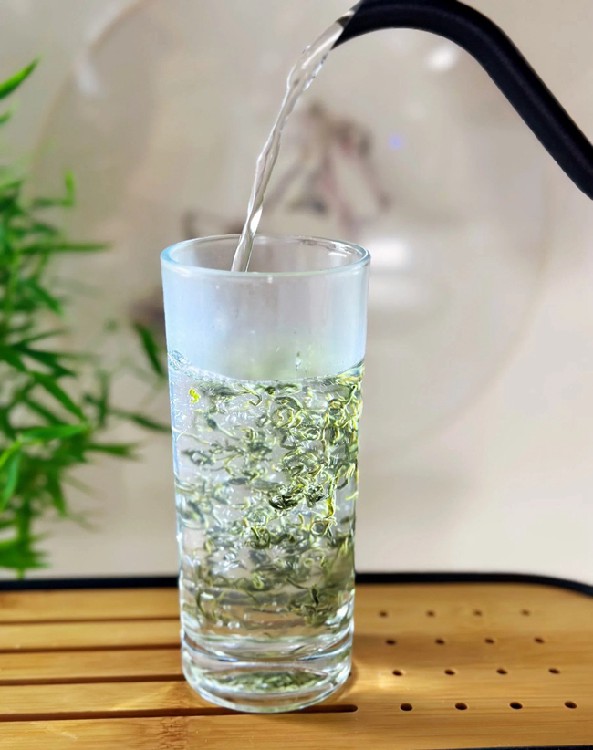
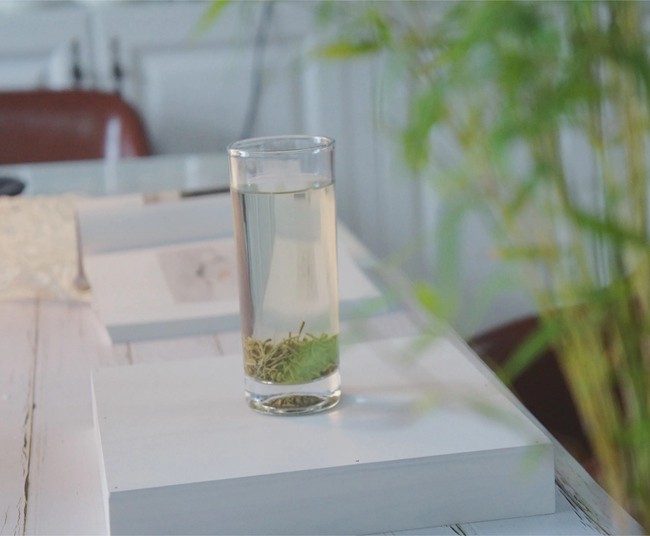

Recommended products

